Daily Report Archives
Established in December 1993, the Nautilus Institute’s *N*ortheast *A*sia *P*eace and *S*ecurity *N*etwork (NAPSNet) Daily Report served thousands of readers in more than forty countries, including policy makers, diplomats, aid organizations, scholars, donors, activists, students, and journalists.
The NAPSNet Daily Report aimed to serve a community of practitioners engaged in solving the complex security and sustainability issues in the region, especially those posed by the DPRK’s nuclear weapons program and the threat of nuclear war in the region. It was distributed by email rom 1993-1997, and went on-line in December 1997, which is when the archive on this site begins. The format at that time can be seen here.
However, for multiple reasons—the rise of instantaneous news services, the evolution of the North Korea and nuclear issues, the increasing demand for specialized and synthetic analysis of these and related issues, and the decline in donor support for NAPSNet—the Institute stopped producing the Daily Report news summary service as of December 17, 2010.
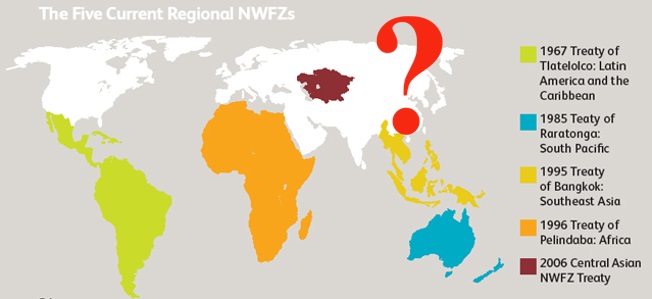
NYAMOSOR TUYA FEBRUARY 8 2022 I. INTRODUCTION In this essay, Nyamosor Tuya shows how these NWFZs emerged, compares their regulatory provisions, and gauges the near-term applicability of the NWFZ concept to Northeast Asia. Nyamosor Tuya served as Foreign Minister of Mongolia from 1998 to 2000 and is a Board Member of the Asia-Pacific Leadership Network […]
Go to the article
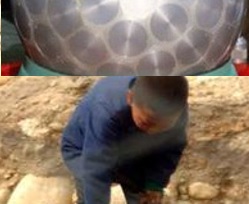
ANASTASIA BARANNIKOVA FEBRUARY 5 2022 I. INTRODUCTION Anastasia Barannikova argues that the DPRK’s nuclear status has already been accepted as a part of the regional status quo, and attempts by other actors to change the DPRK’s nuclear status would be destabilizing to regional security. Anastasia Barannikova is a research fellow at ADM Nevelskoy Maritime […]
Go to the article

RECNA-NAGASAKI UNIVERSITY, ASIA PACIFIC LEADERSHIP NETWORK, NAUTILUS INSTITUTE JANUARY 28 2022 I. INTRODUCTION This report presents the results of year 1 of the Project on Reducing the Risk of Nuclear Weapons Use in Northeast Asia. In it, 21 plausible cases of first use of nuclear weapons involving the Korean peninsula. Each use case considers […]
Go to the article
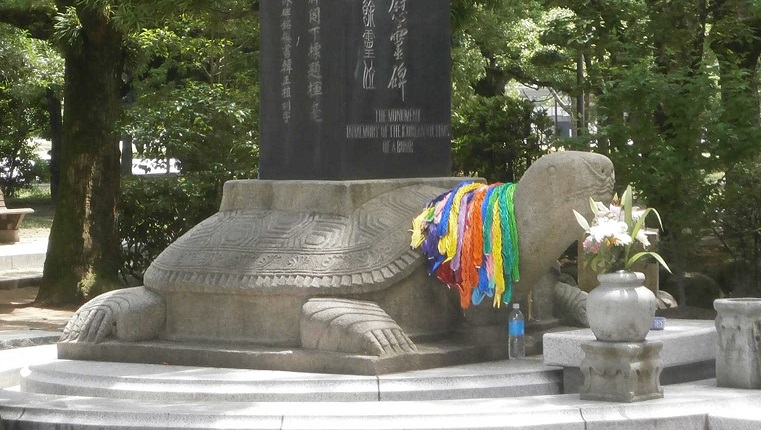
MATT KORDA JANUARY 20 2022 I. INTRODUCTION In this essay, Matt Korda presents a comprehensive account of the DPRK’s nuclear warheads, delivery systems, fuel types, and launch systems, followed by an analysis of the DPRK’s and the United States’ nuclear doctrine and potential nuclear use. Matt Korda is Senior Research Associate and Project Manager, Nuclear Information Project Federation of American Scientists. This […]
Go to the article
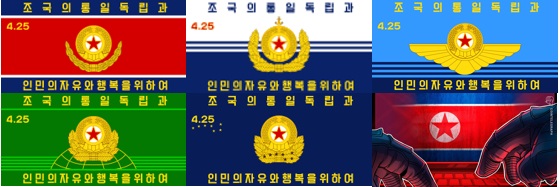
SANG HYUN LEE JANUARY 17 2022 I. INTRODUCTION In this essay, Sang Hyung Lee assesses the evolution and state of play of DPRK’s current asymmetric capabilities. He argues that DPRK’s asymmetric forces consisting of increasingly-sophisticated nuclear weapons, ballistic missiles, bio-chemical weapons, and cyberattacks pose an existential threat to the ROK, undermine stability in Northeast Asia […]
Go to the article
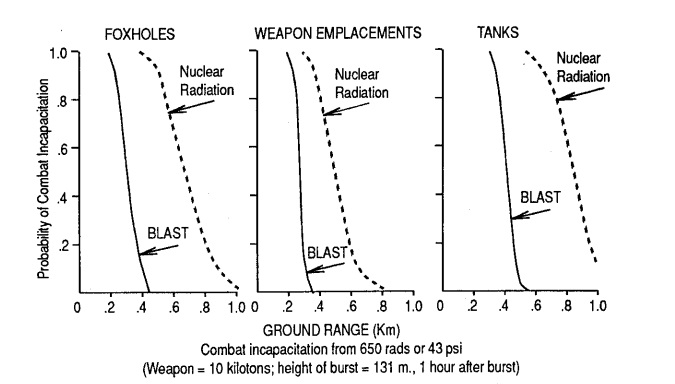
DARYL G. PRESS JANUARY 11 2022 I. INTRODUCTION In this essay, Daryl Press analyses scenarios of US use of nuclear weapons on the Korean Peninsula. He argues that the most likely route to US nuclear employment is linked to the DPRK’s own use of weapons of mass destruction (WMD), which includes use of nuclear, chemical, and biological weapons. Daryl Press is […]
Go to the article

JOEL PETERSSON IVRE, ELAINE NATALIE, SHATABHISHA SHETTY JANUARY 6 2022 At a time when denuclearization talks with the DPRK are stalled, the authors argue that: “alternative approaches must be explored. CTR Plus offers a new approach by proposing discrete, small to medium scale localized projects – with the potential for large-scale impact – which address […]
Go to the article
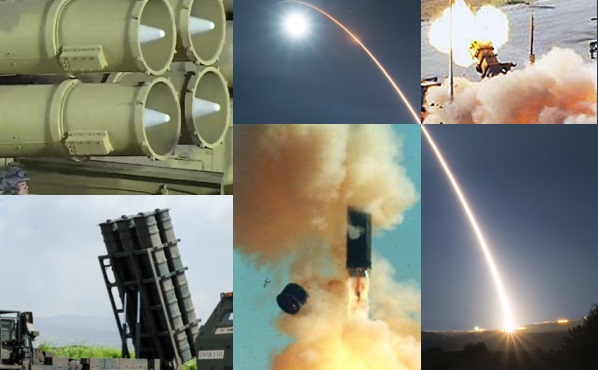
NICK HANSEN DECEMBER 13, 2021 I. INTRODUCTION Nick Hansen offers a primer on the incredible array of nuclear missile delivery systems currently deployed and under development by the six nuclear-armed states in the Asia-Pacific region – the United States, Russia, China, India, Pakistan and the DPRK. He argues that the main driver of the profusion […]
Go to the article
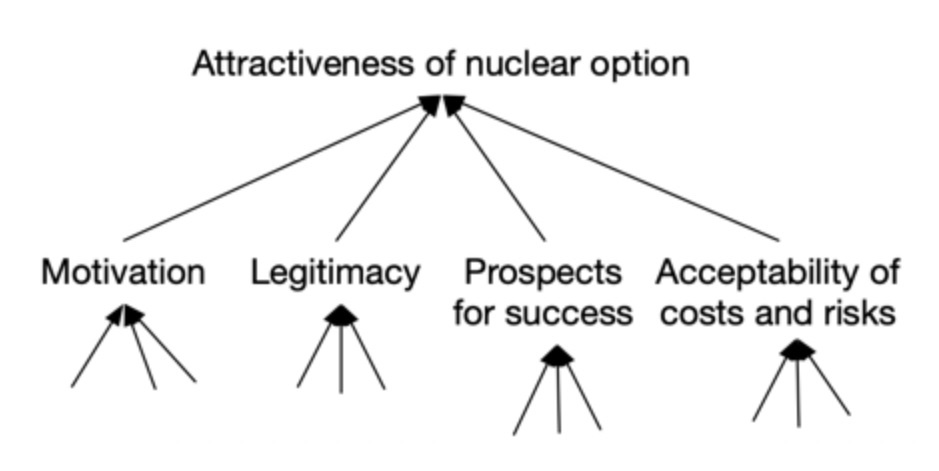
PAUL K. DAVIS AND BRUCE W. BENNETT DECEMBER 9, 2021 I. INTRODUCTION In this essay, Paul Davis and Bruce Bennett sketch ten cases in which nuclear weapons might be brandished or used in a Korea-originated crisis. They offer insights on how and why nuclear war could occur, and the corresponding circumstances that must be avoided. The […]
Go to the article
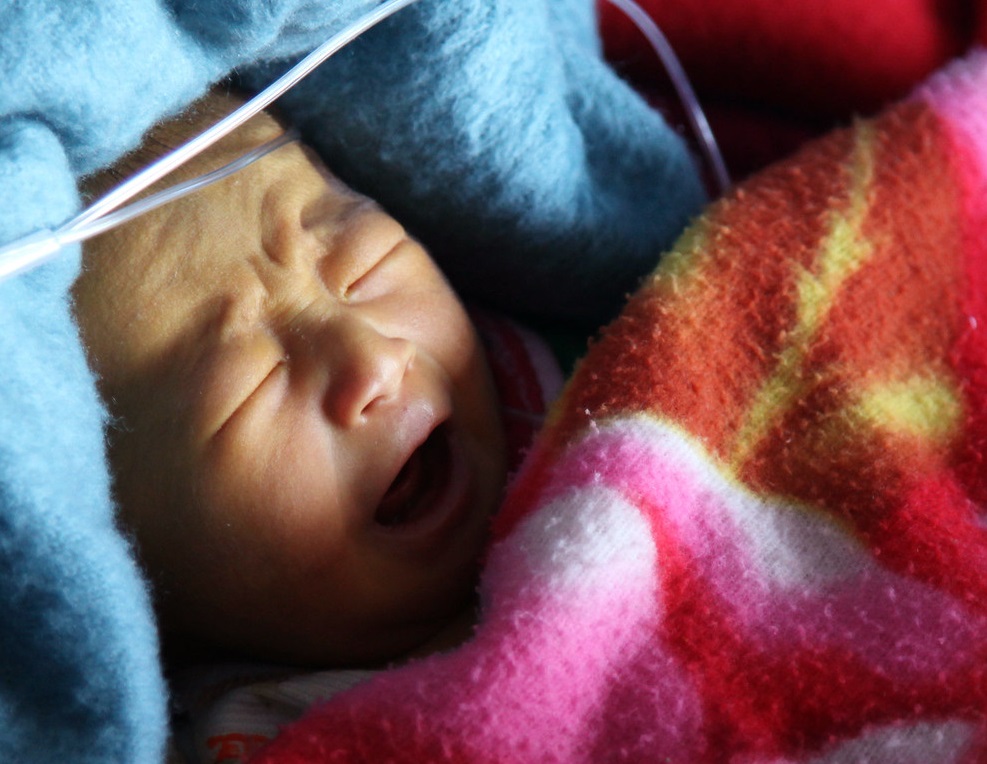
SANG MIN PARK NOVEMBER 8 2021 I. INTRODUCTION In this essay, Sang Min Park discusses the impact of COVID-19 and the international sanctions regime on the DPRK healthcare system, trends in global health aid for the DPRK and the role of the ROK, and a future inter-Korean Biomedical Cluster Cooperation model in a post-pandemic era, […]
Go to the article











